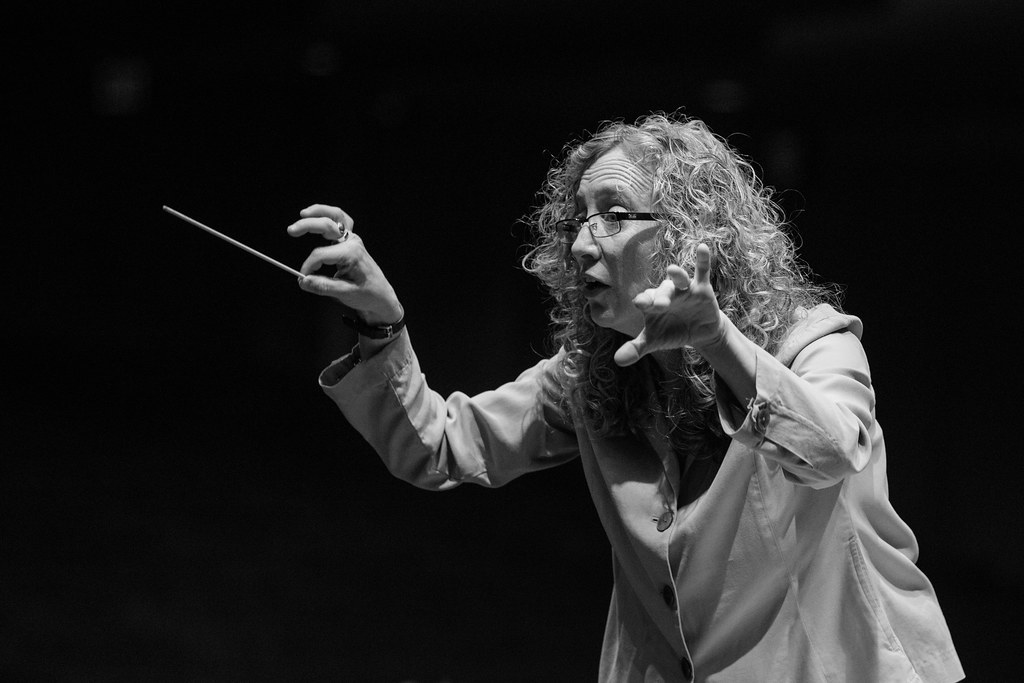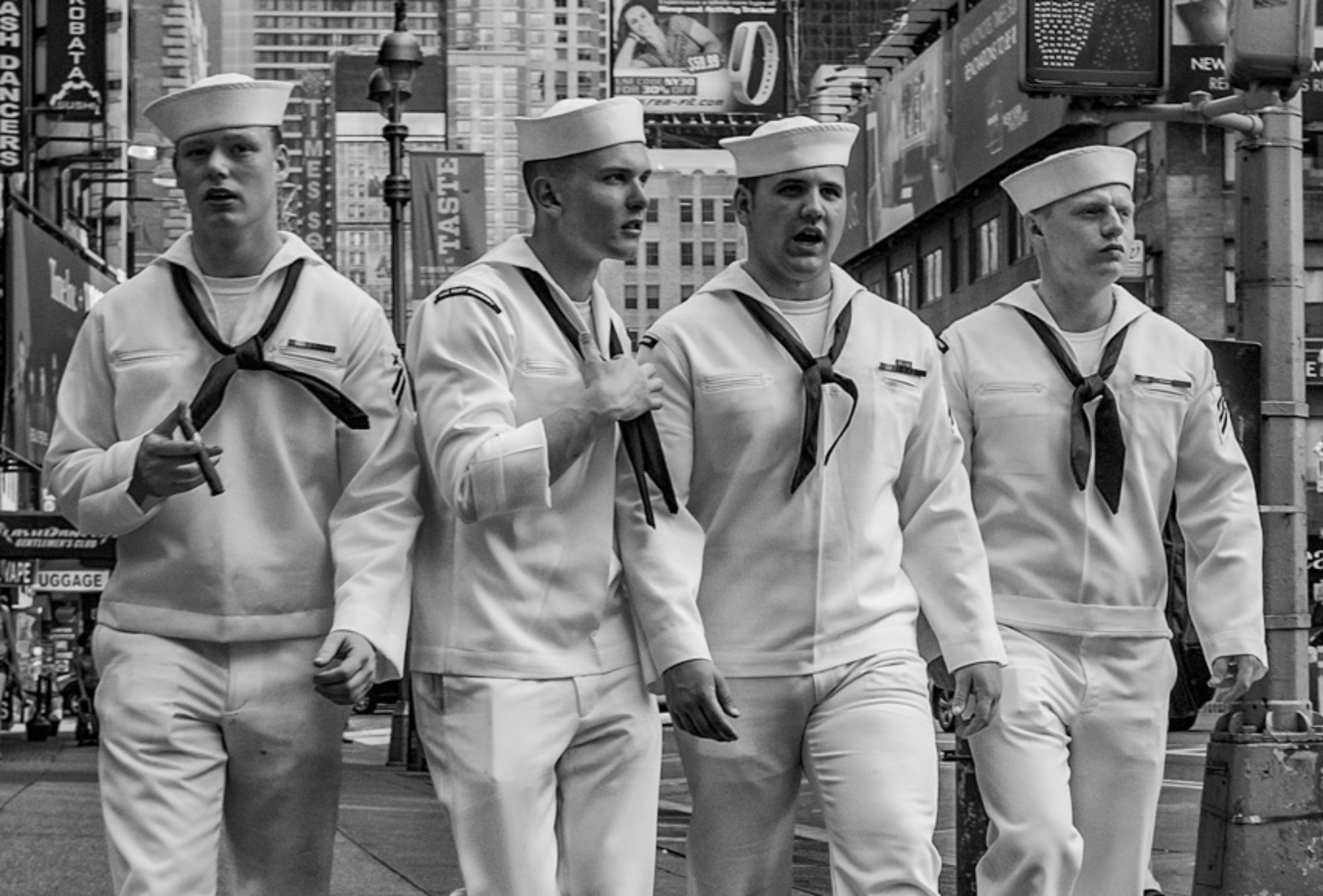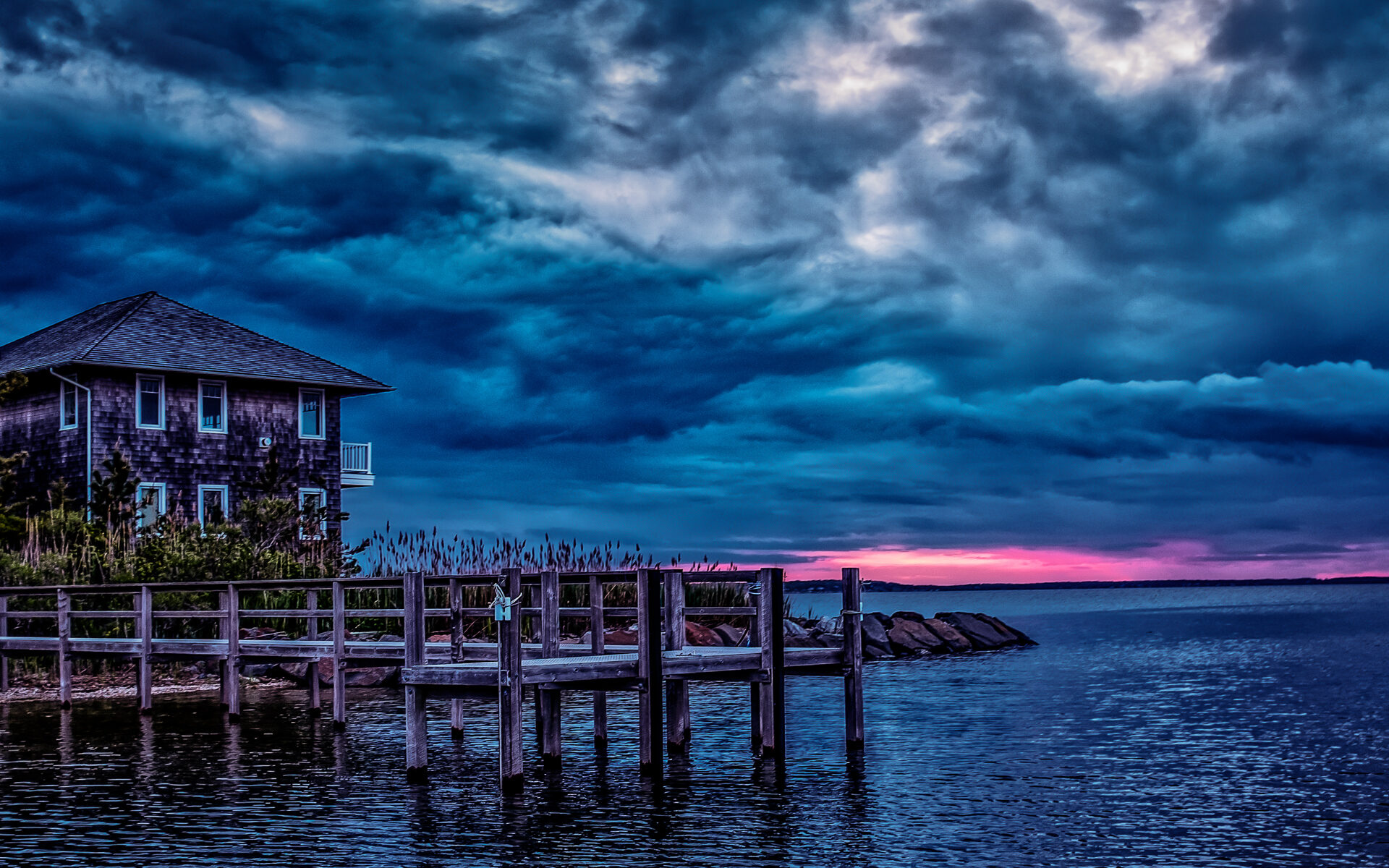I have the privilege of being invited to shoot several student orchestras that perform annually at a large venue which for the past several years has been Avery Fisher Hall at Lincoln Center in New York. To be frank, my daughter plays in one of the orchestras, and I actually played in the same orchestra’s when I was growing up, so I have a fondness for the groups. I know some of the conductors either from having played with them myself as well as playing with them today in other groups. It is for this reason that I take on this project – as after doing it for several years, this is something that one should think carefully about regarding the amount of work involved!
The day is filled with three rehearsals/sound checks for the three orchestras and then three concerts. I am given free access to shoot during the rehearsals both from the stage and anywhere in the hall (with proper credentials and prior clearance from the appropriate folks). That is the good news, and the bad news – as one wants to get as many angles as you can – and that is where it can get tiring.

How does this all go?



